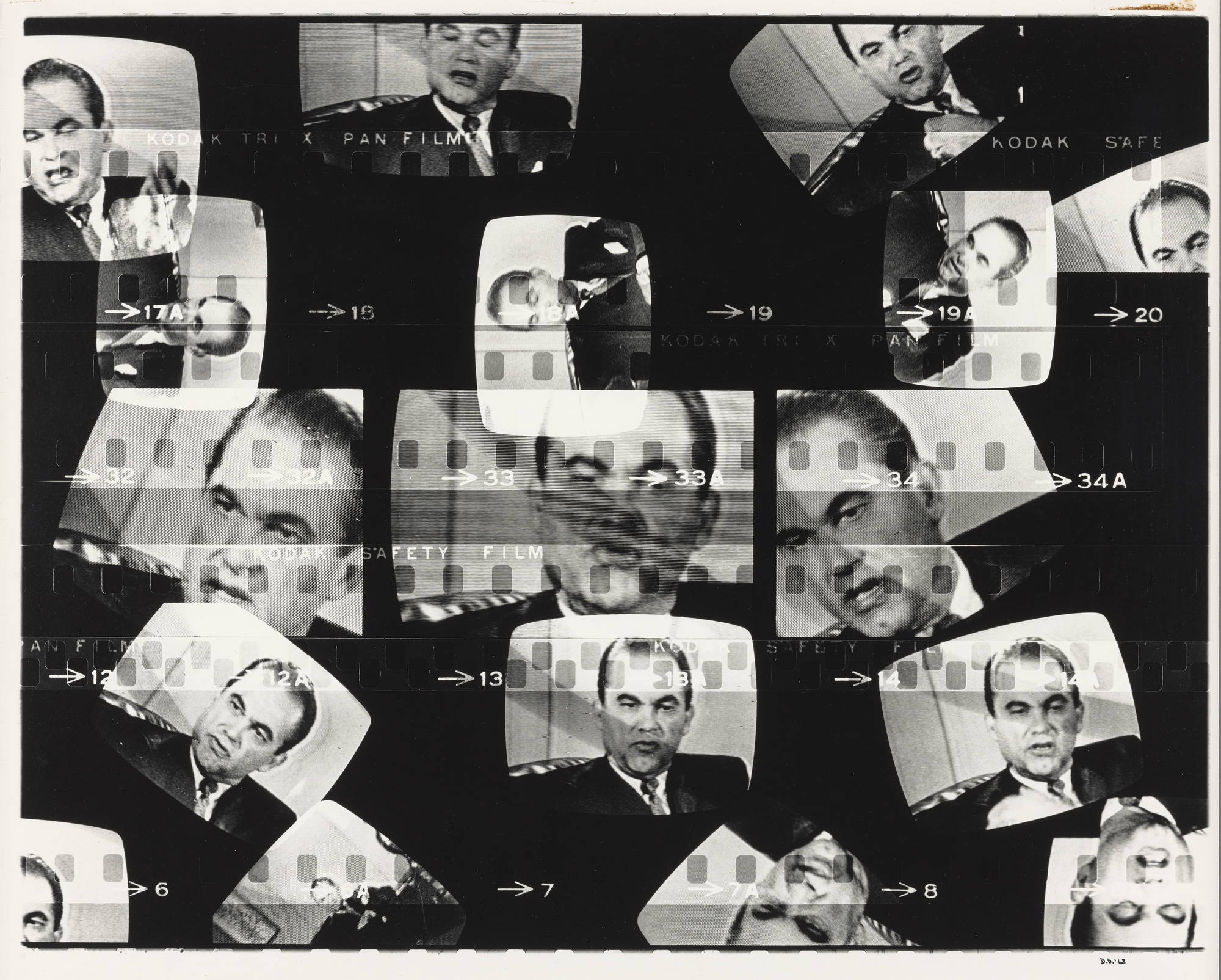
The news media is a constant source of praise and criticism, evolving with the times yet leaving itself vulnerable for mockery and outrage. In turn, artists have been using the media as an outlet to provide their own commentary on how it presents itself to mainstream audiences. An upcoming exhibition at The Getty Center in Los Angeles called Breaking News: Turning the Lens on Mass Media will present the works of 17 artists who use still images and video to explore what they see and consume on a daily basis.
Arpad Kovacs, curator of the exhibition, says he drew inspiration from the works of Donald Blumberg, Robert Heinecken and especially the Modern History works by Sarah Charlesworth which looks into the news coverage of the kidnapping of then Italian Prime Minister Aldo Moro in the late 1970s. “She did a few takes on this and the one that we have looks specially at the Vatican newspapers coverage of this event, of this tragedy and of this detailed consciousness at the time,” Kovacs says about her work. “That was the work that got me thinking more broadly about how artists have turned the news as subject matter.”
Each of the featured works have its own way of interpreting the kinds of coverage certain topics received in their time. For instance, Alfredo Jaar recreated several Newsweek covers from 1994 by adding a sentence or two at the bottom to highlight the lack of coverage of the genocide in Rwanda. Blumberg and Catherine Opie, on the other hand, aimed their cameras at television to capture what was coming through their screen. For Blumberg, it was Richard Nixon during the height of the Vietnam War when television news, which was still relatively new, soared in popularity. And for Opie, it was George W. Bush during the 2004 election cycle. Their images might have been captured nearly four decades apart, but their techniques in creating patterns using various films are similar.
Although the exhibition focuses on print and television, Kovacs realizes the role online media has on artists attempting to interpret the news in their works. “One of the things I didn’t get a chance to explore in the show is really how the online presence of news and information that sort of circulates as news are two different things,” he says. “How artists really look at that and that’s something that I’m still kind of grappling with myself.”
Still, the need to be able to distinguish an interpretation of the news from actual information is of the upmost importance given how easy it is to spread any kind of news – fake or not – through social media.
“I think now more than ever it’s important for people to be able to respond to the information that they’re seeing and are just positioned or in a position to do so both with a critical eye,” he says. “But also without necessarily the intent to add to that discourse but in fact, step back and analyze because ultimately, these pictures are not meant to circulate as news. They take news of their subject matter but then they circulate in a different realm in the art world. I think there’s a critical distance that is really important that artists are afforded in a way maybe others are not, it’s not as clear as they are.”
The Breaking News: Turning the Lens on Mass Media exhibition runs from Dec. 20 through April 30, 2017 at the Getty Center in Los Angeles.
Myles Little is a senior photo editor at TIME
Bianca Silva is a contributor to TIME LightBox. Follow her on Twitter.
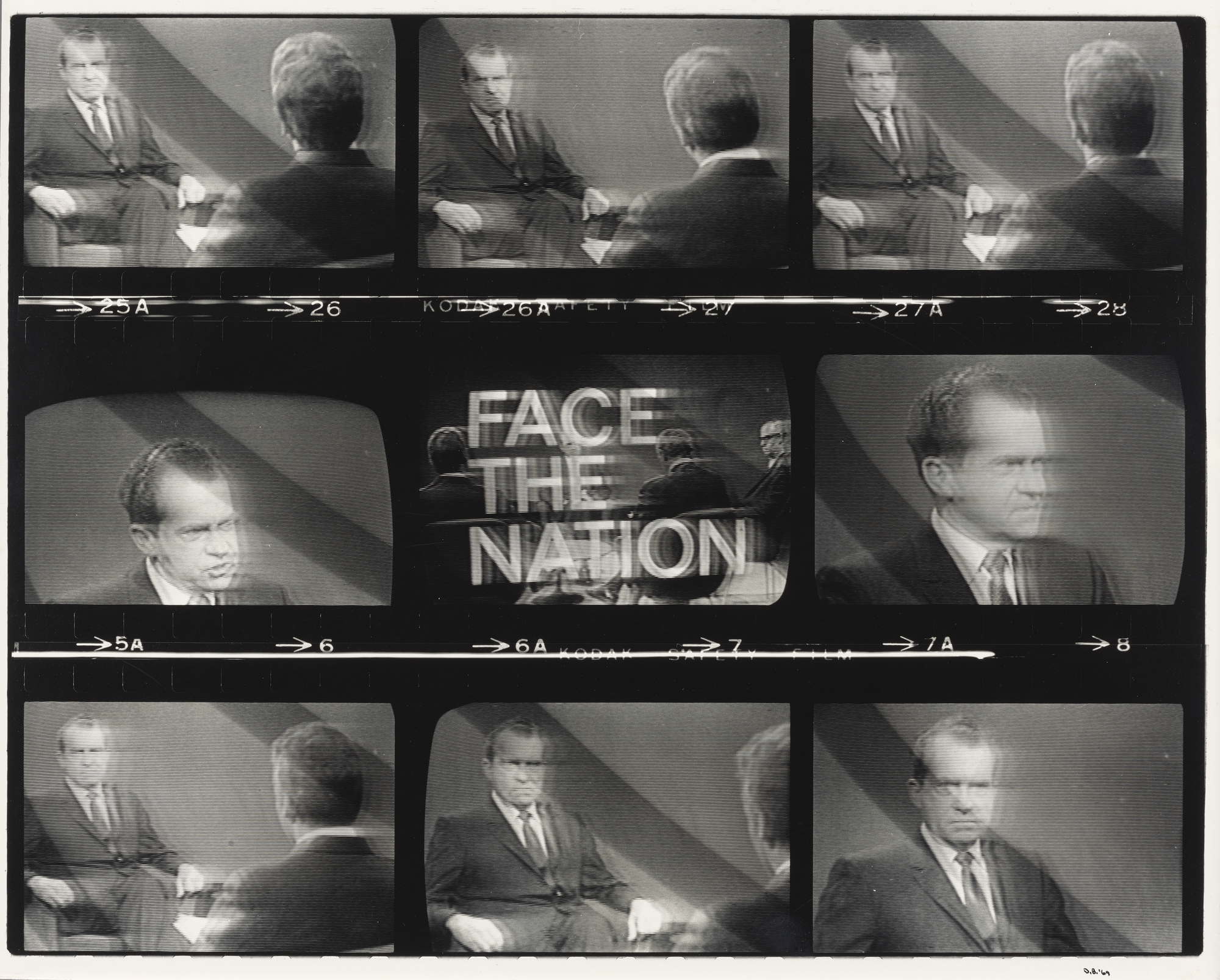
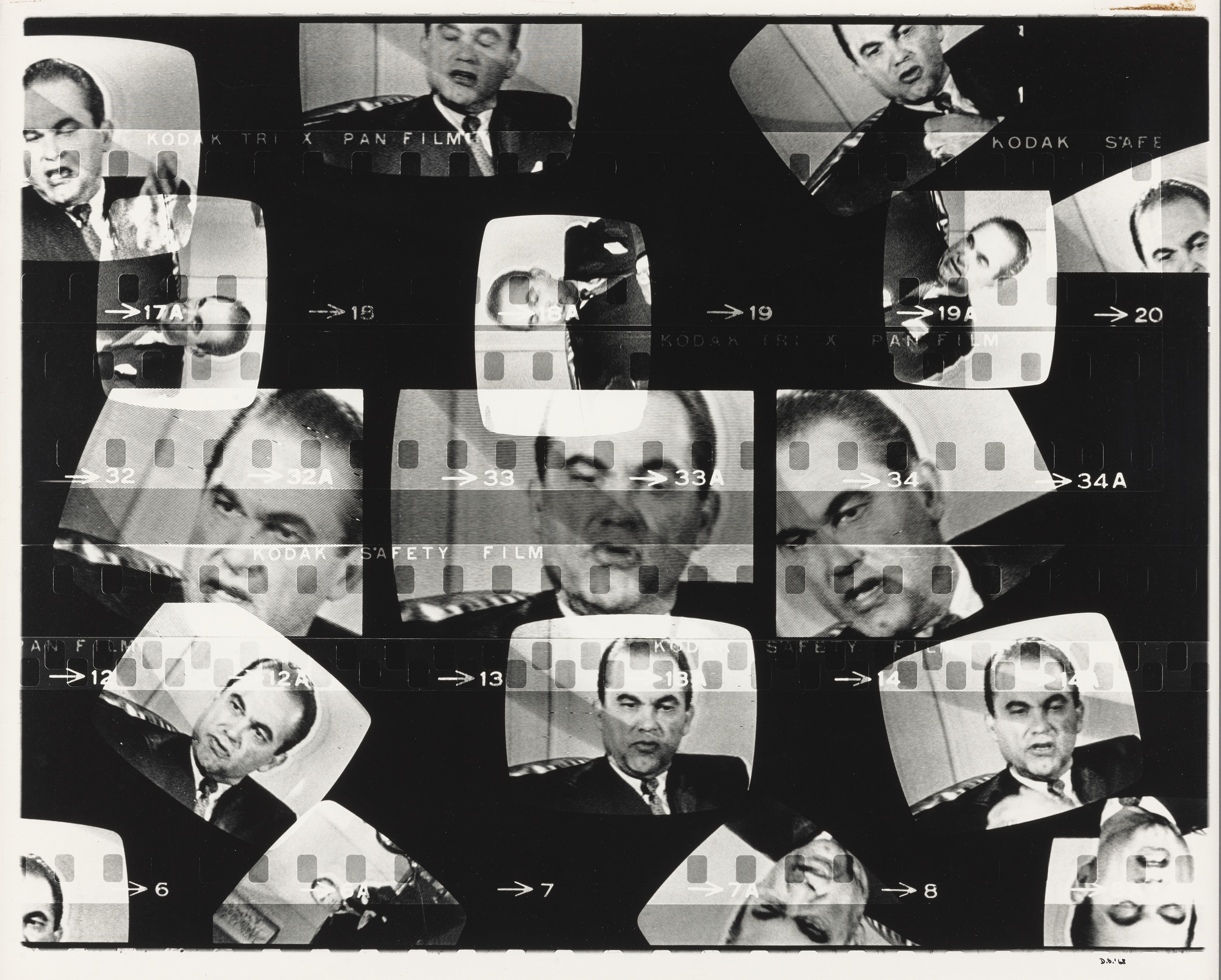
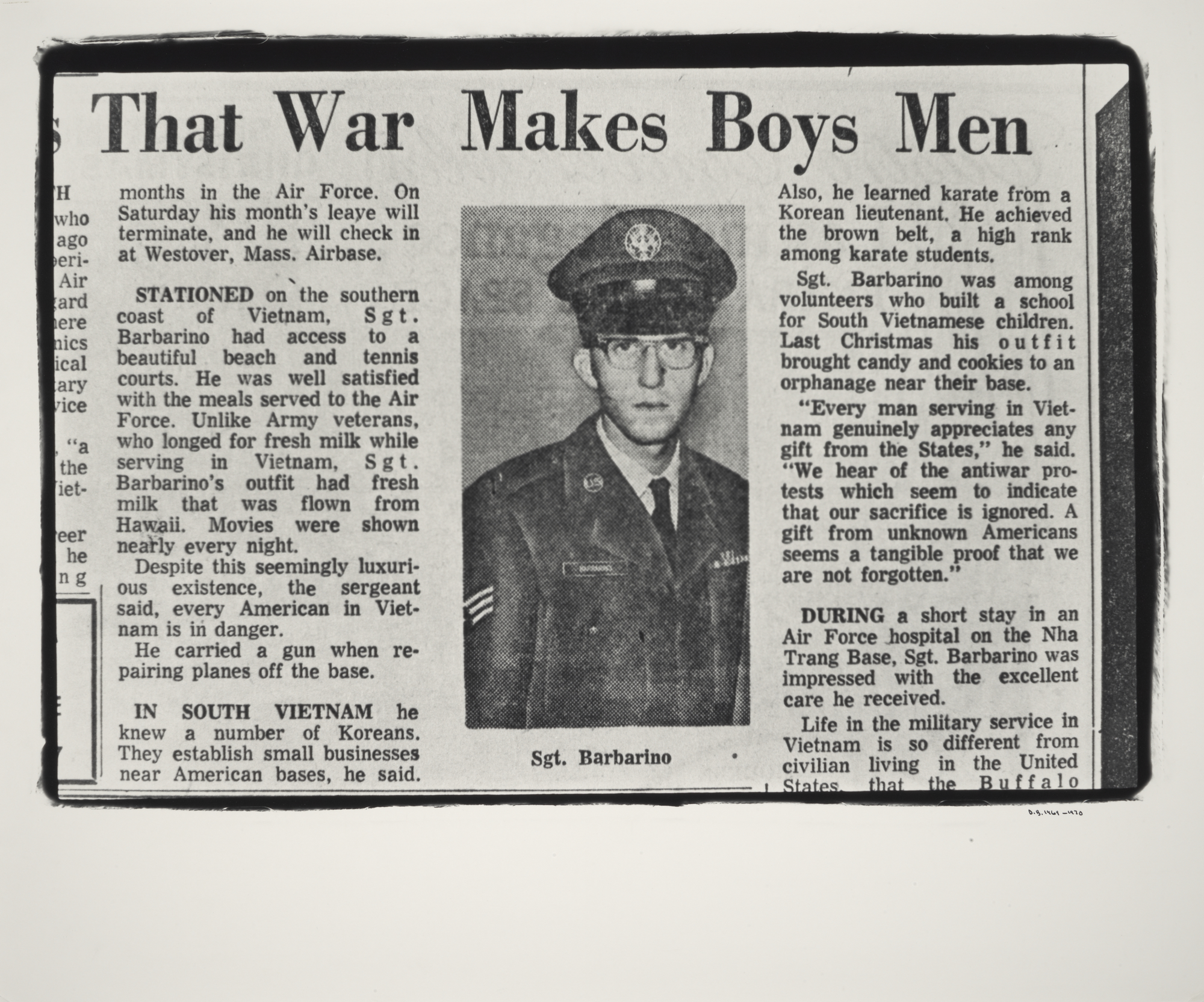
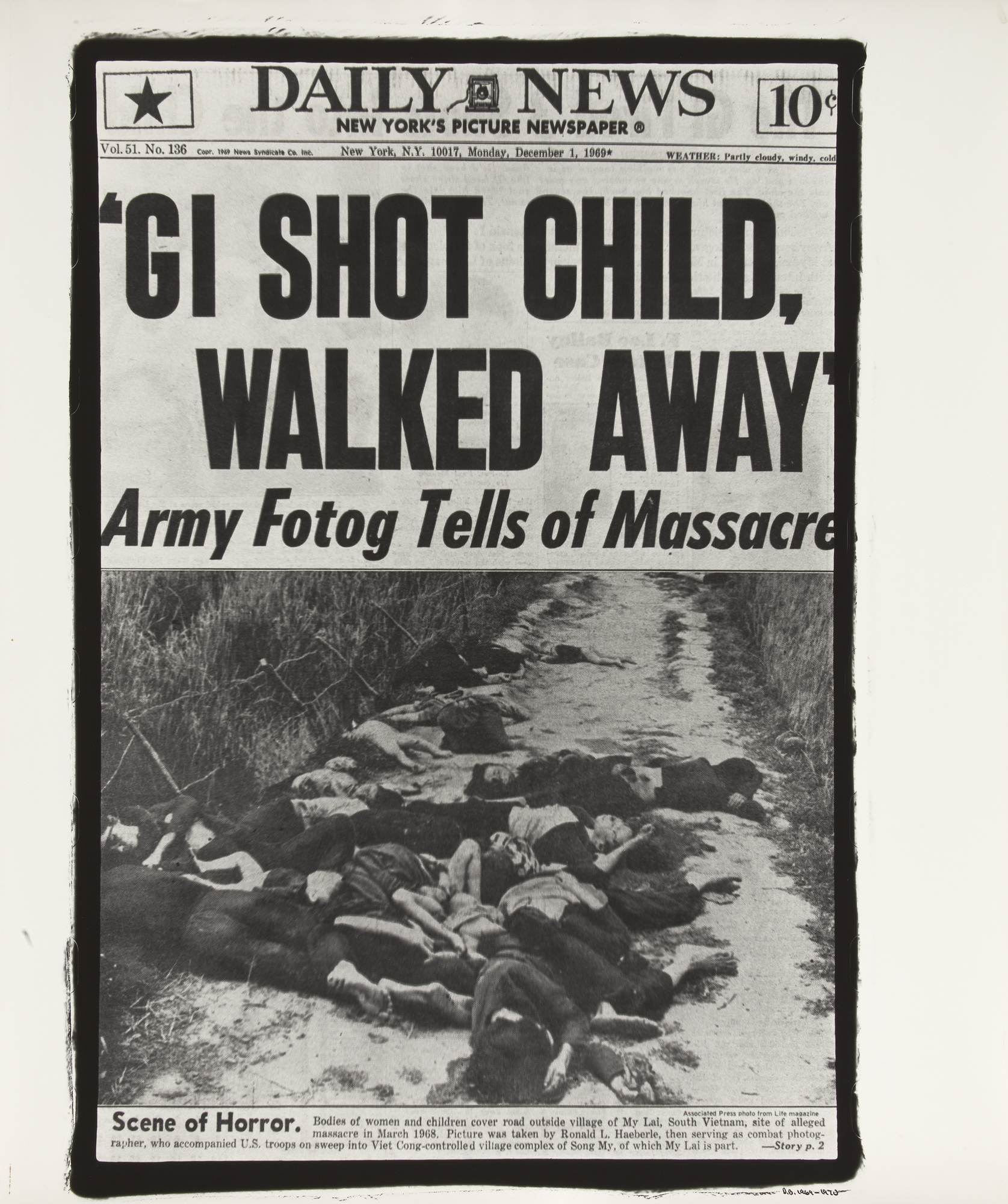
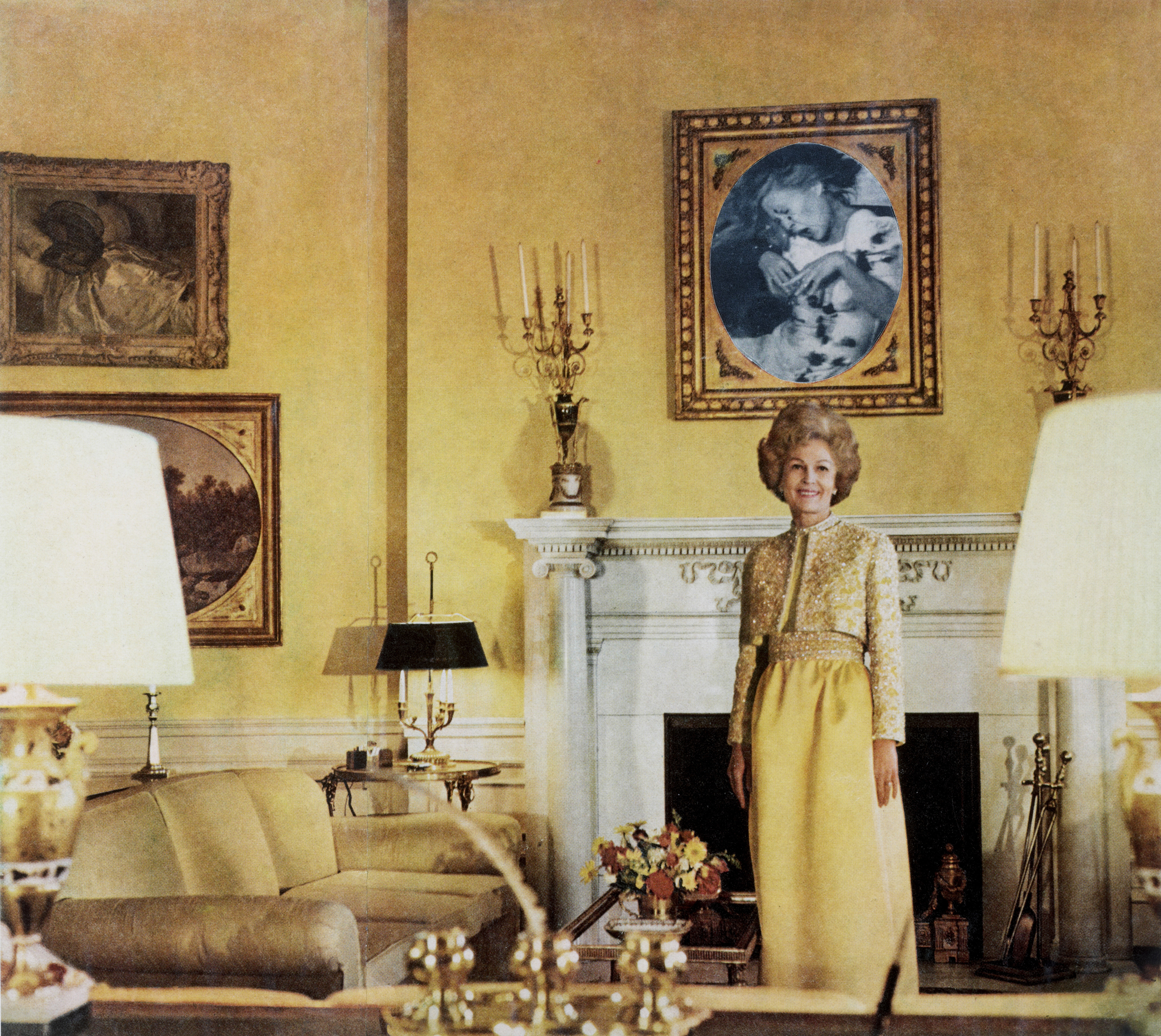
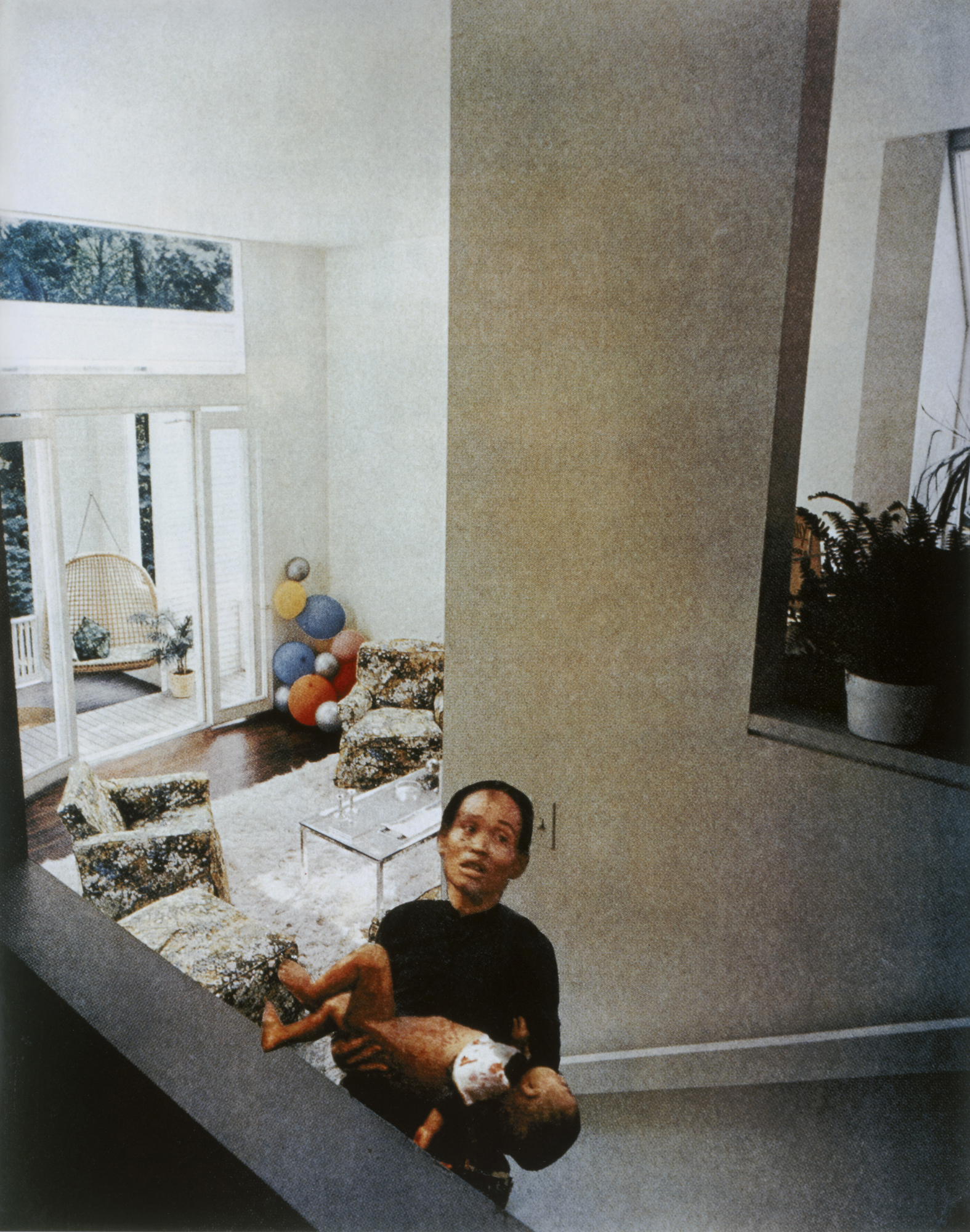
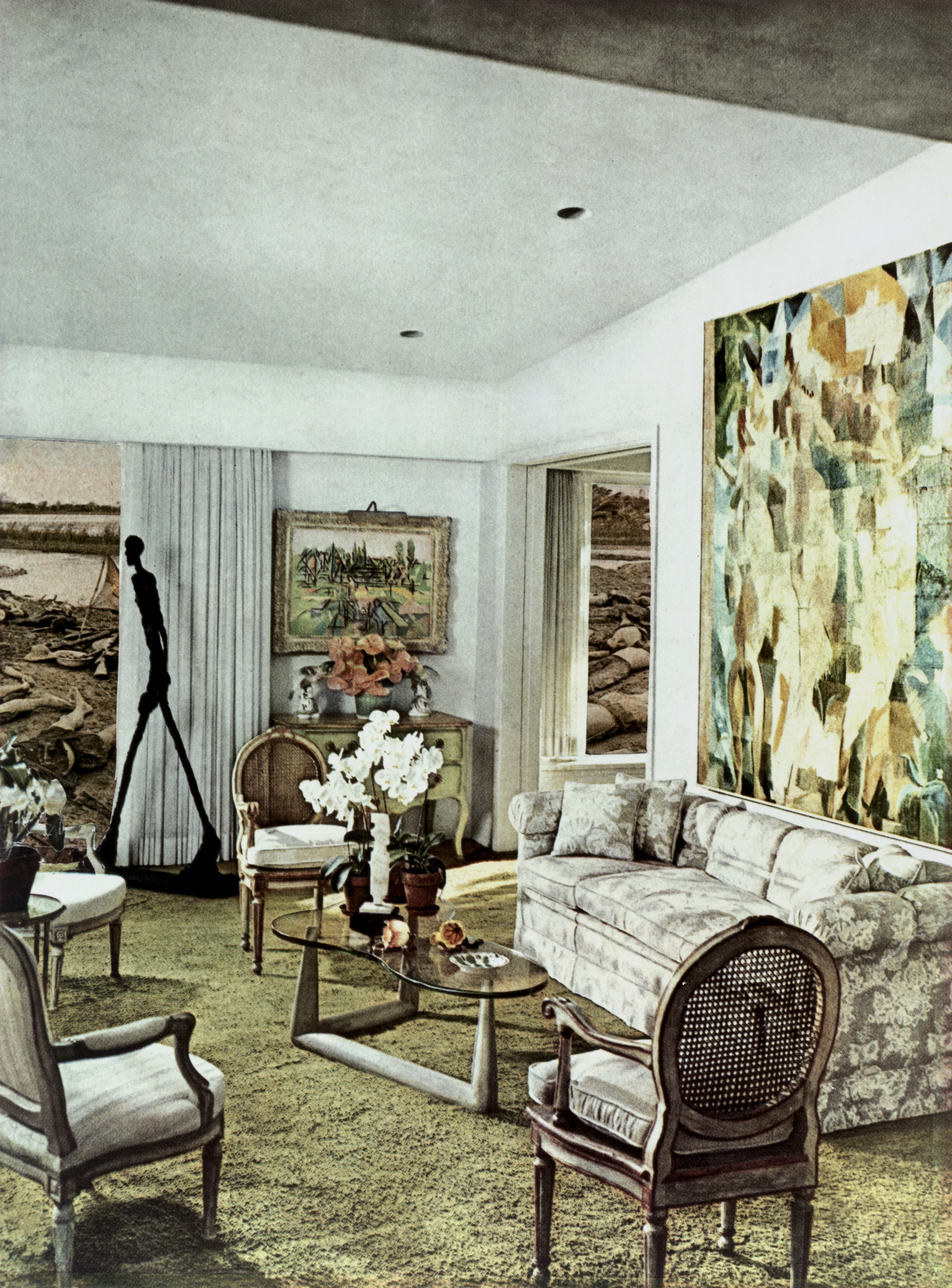
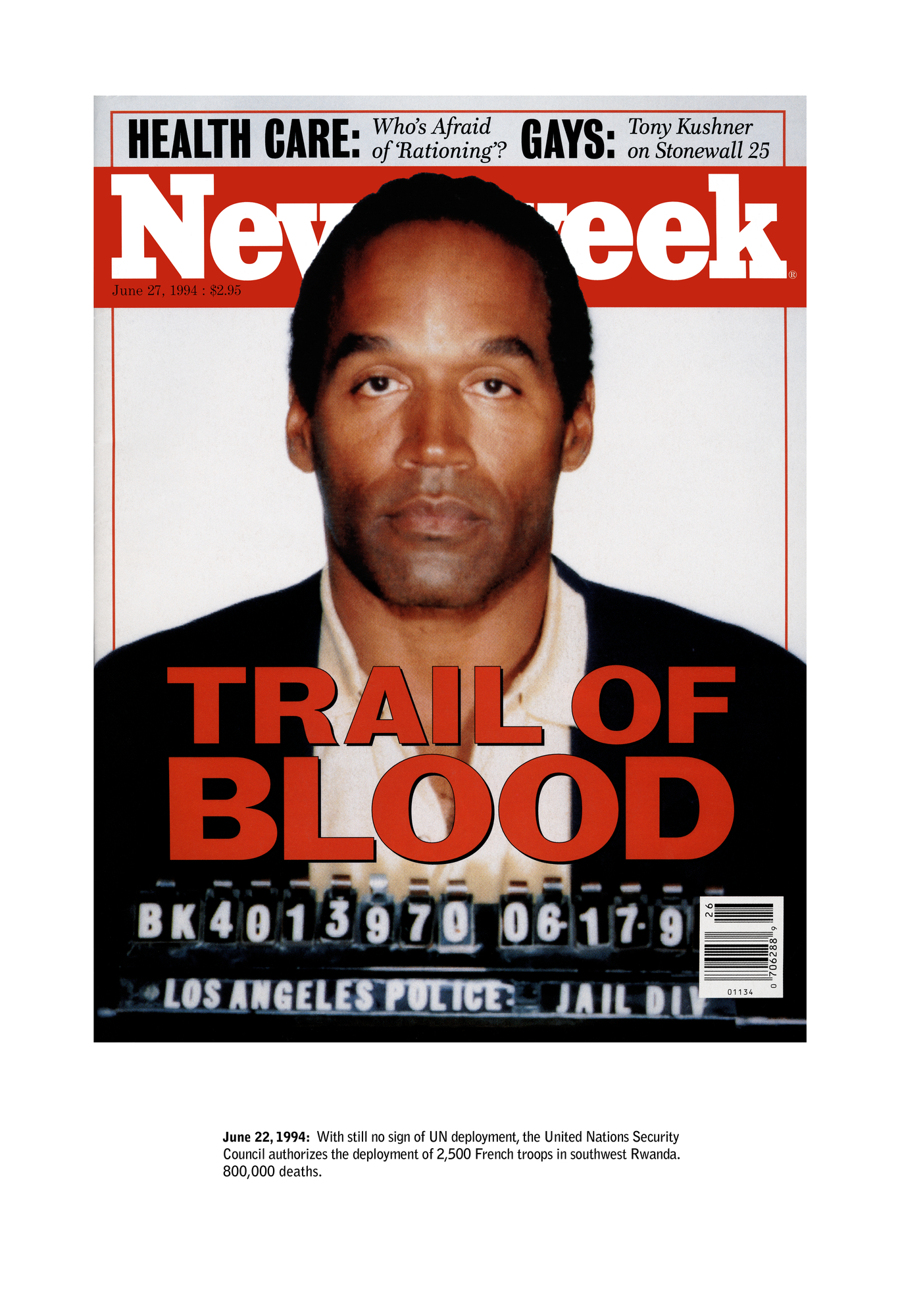
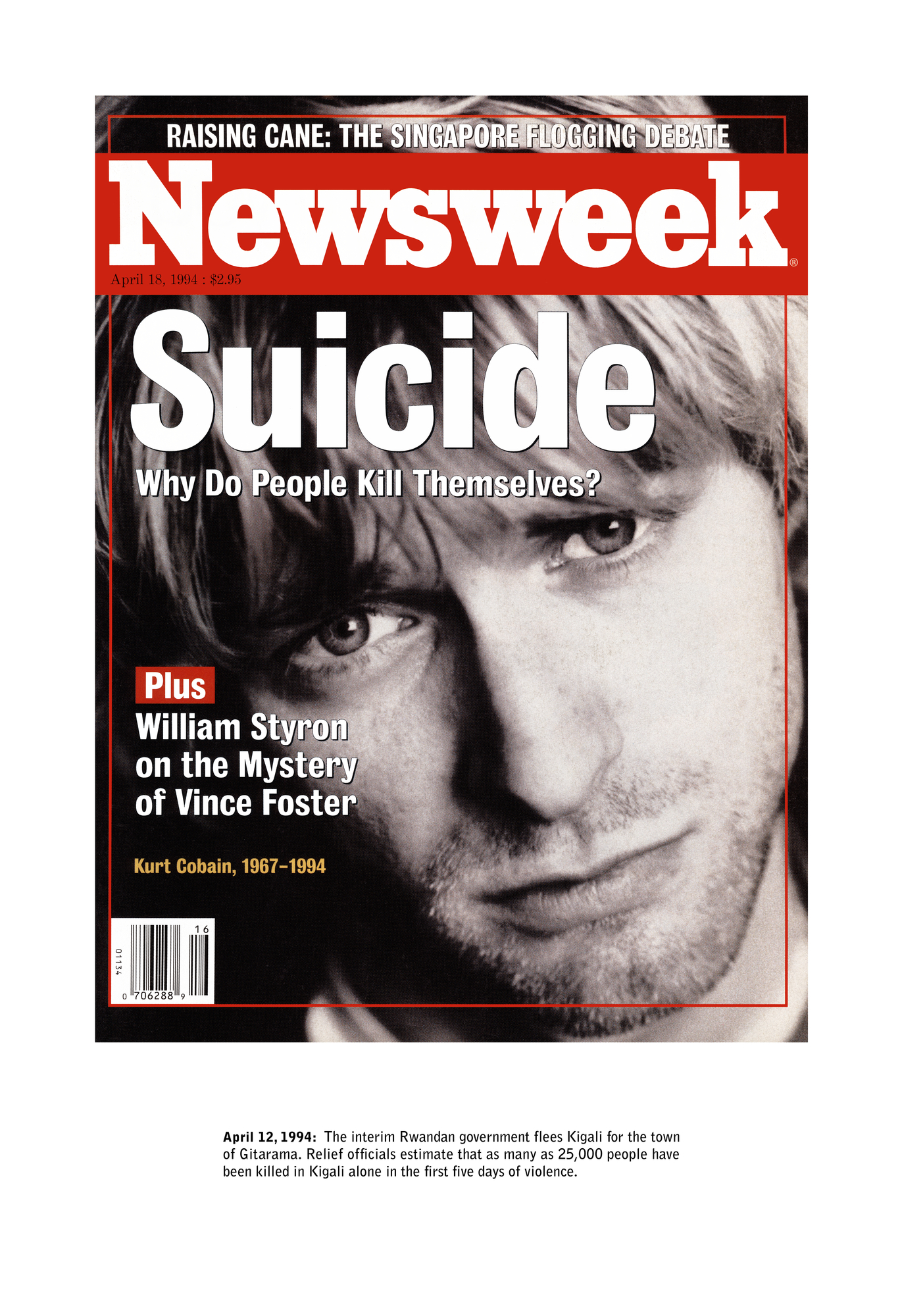
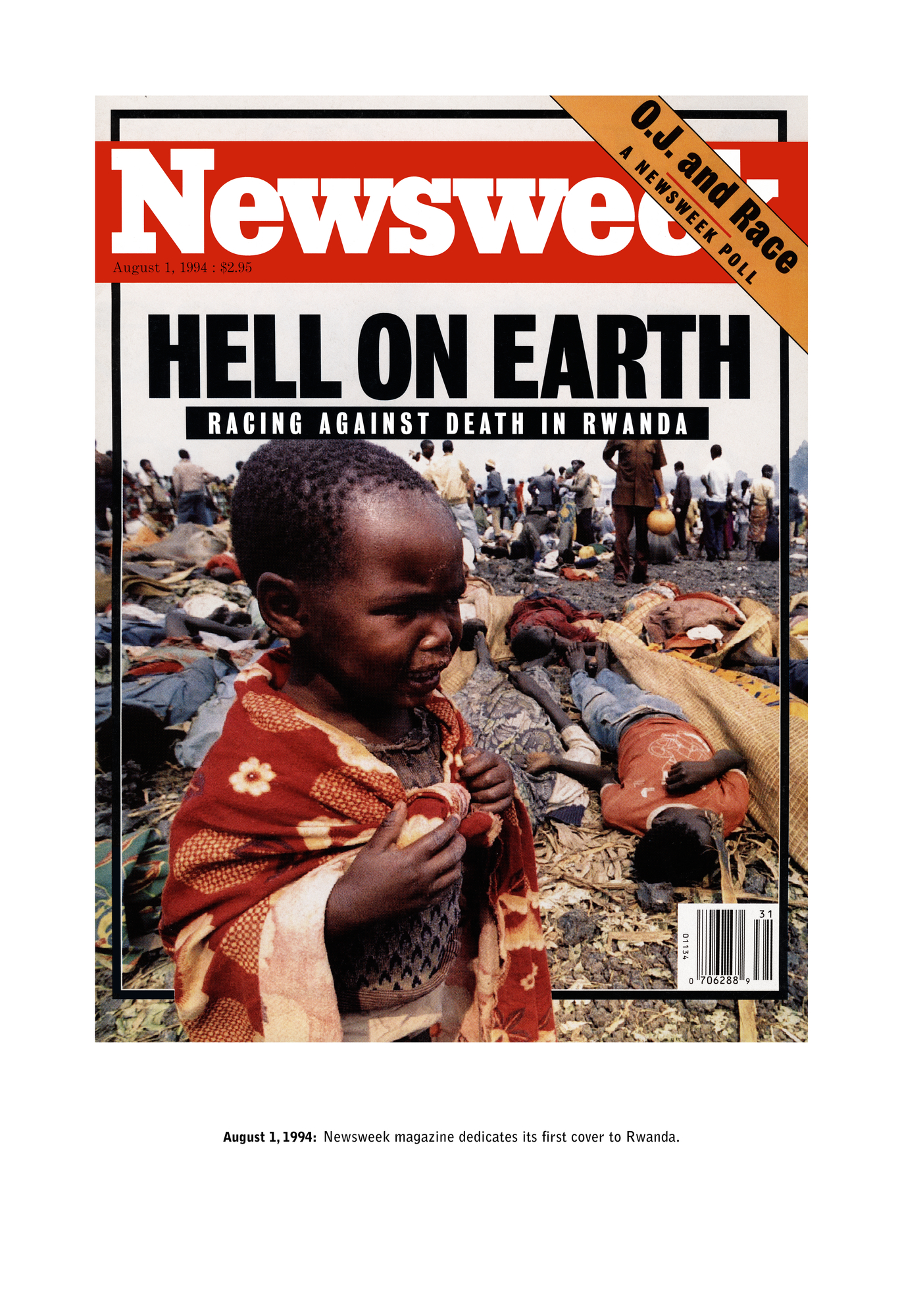
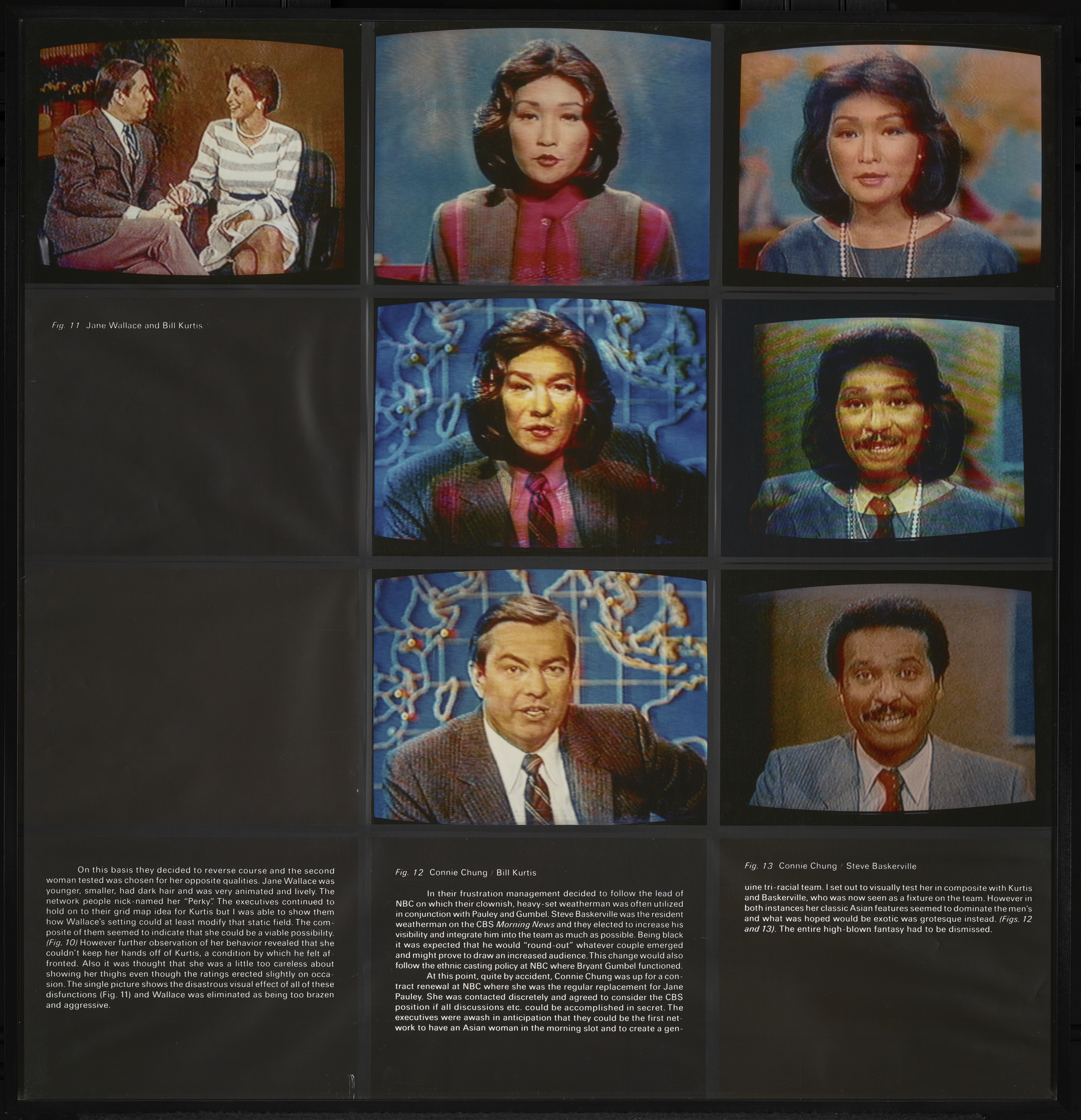
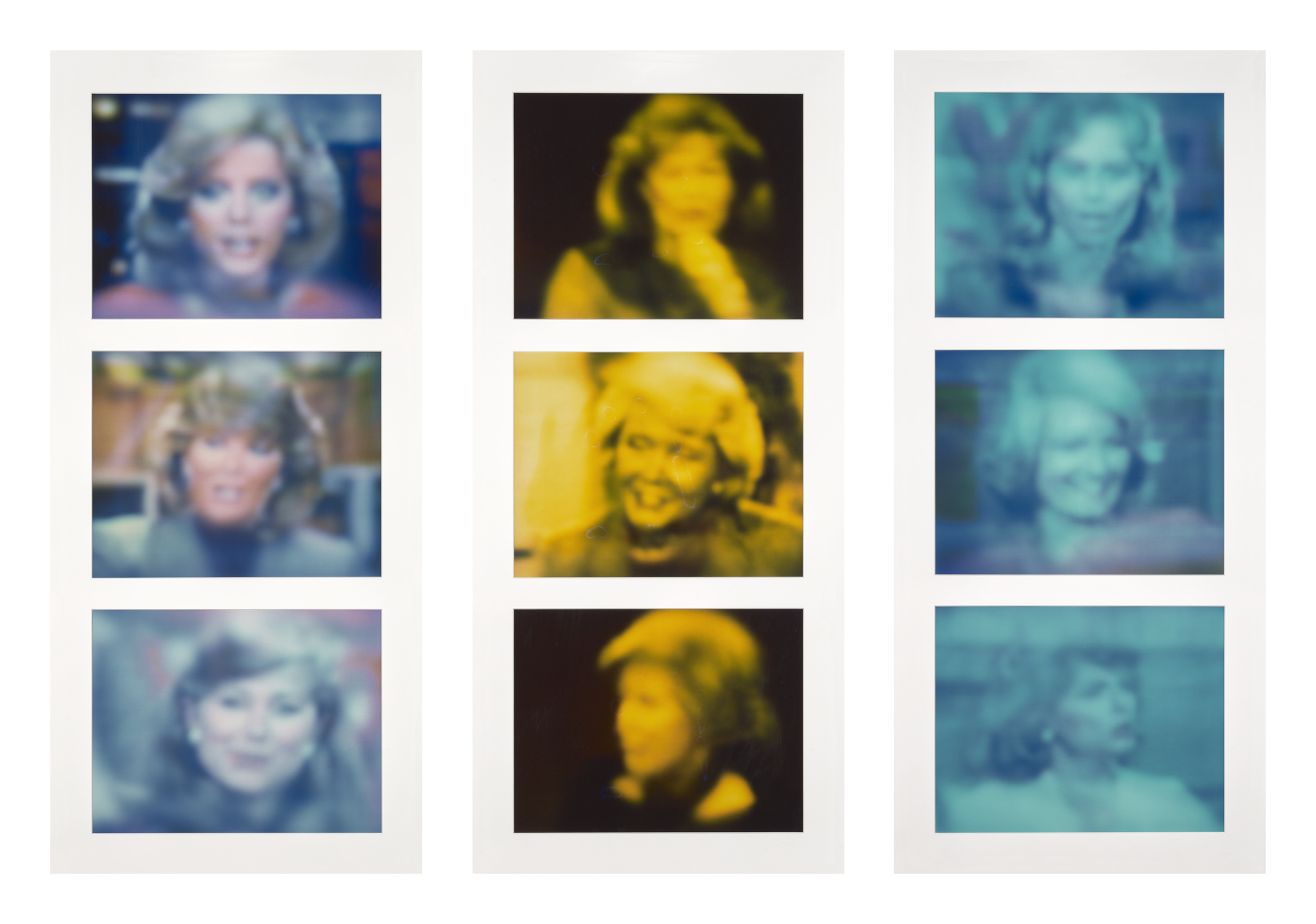
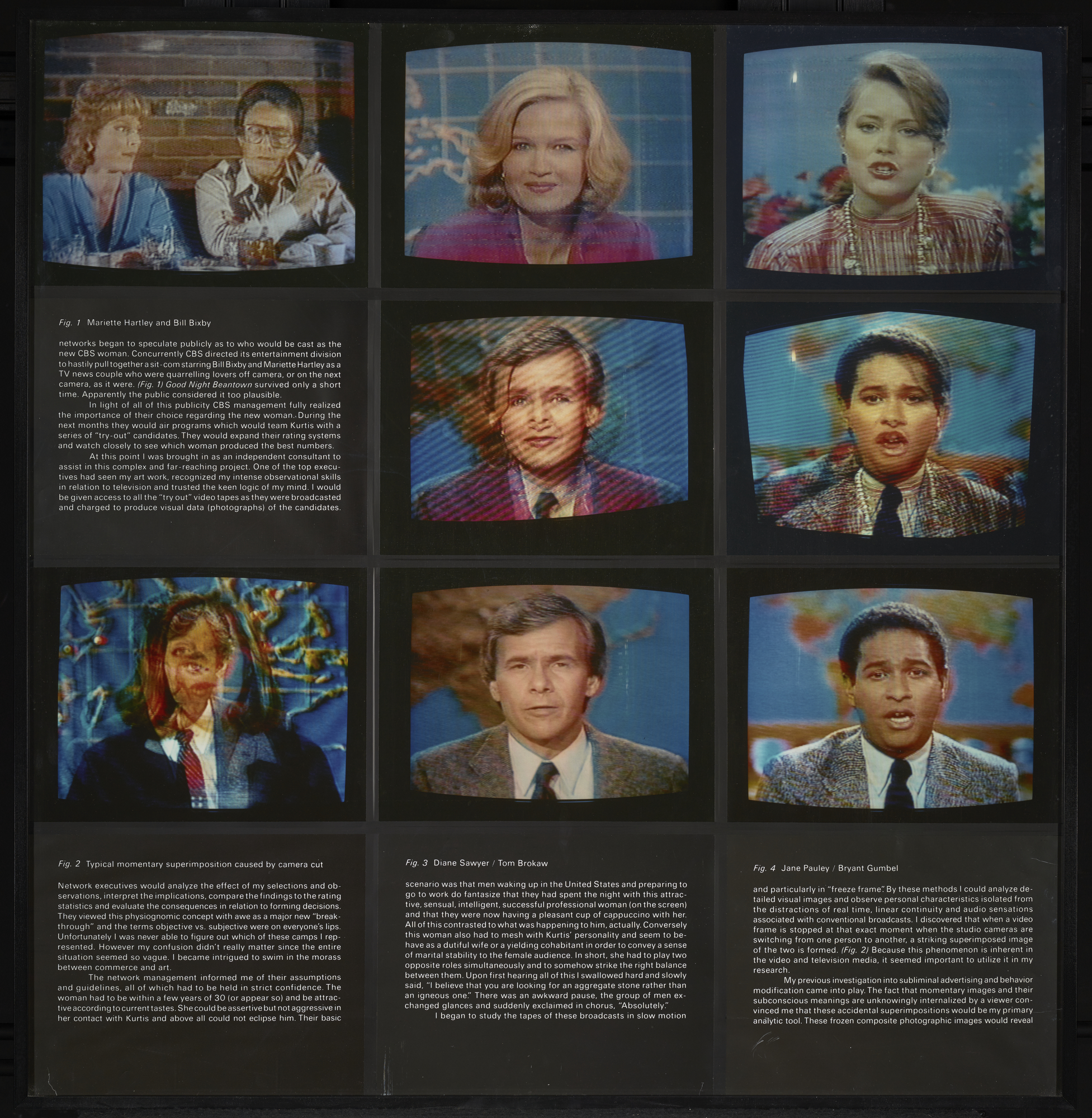
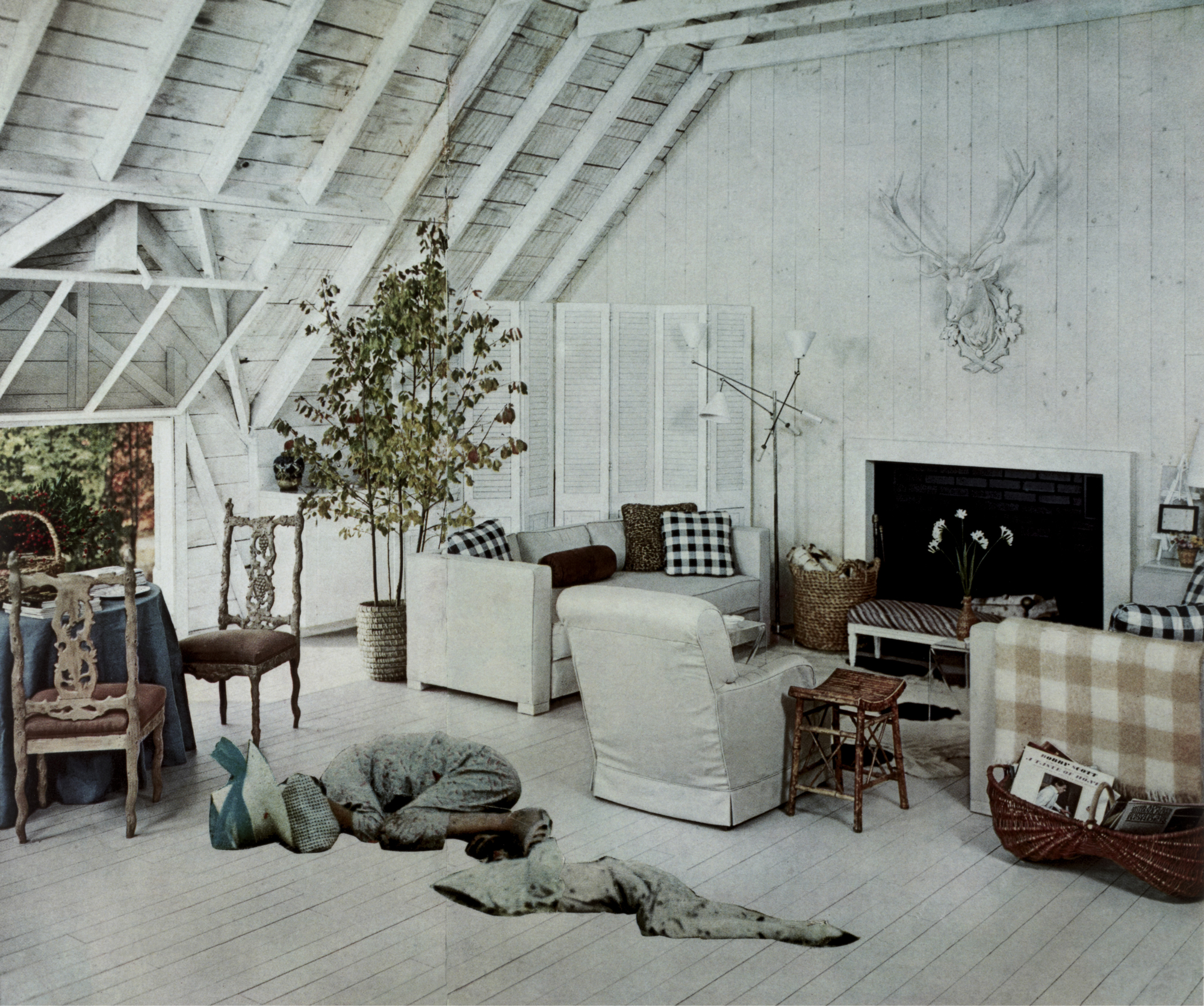
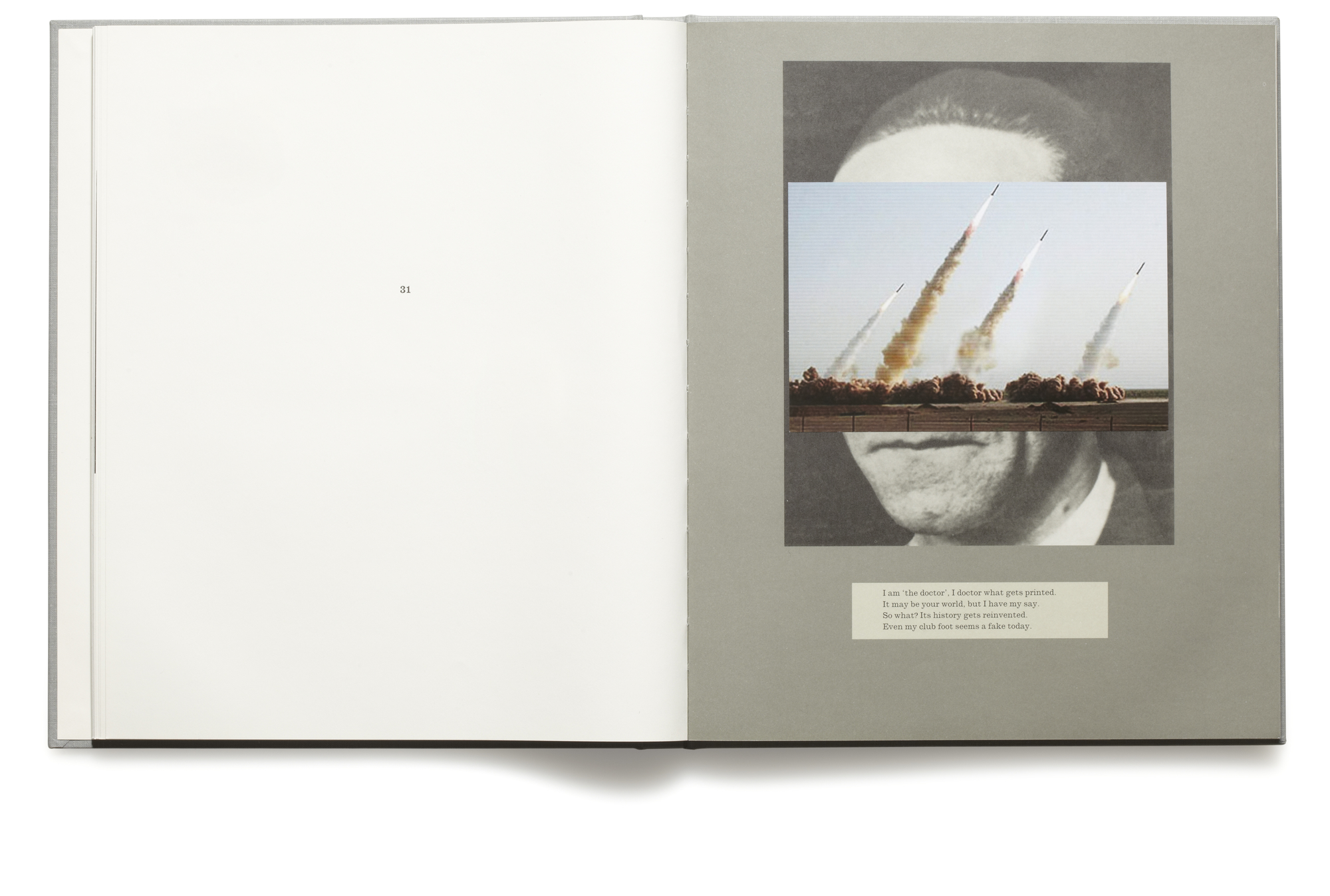
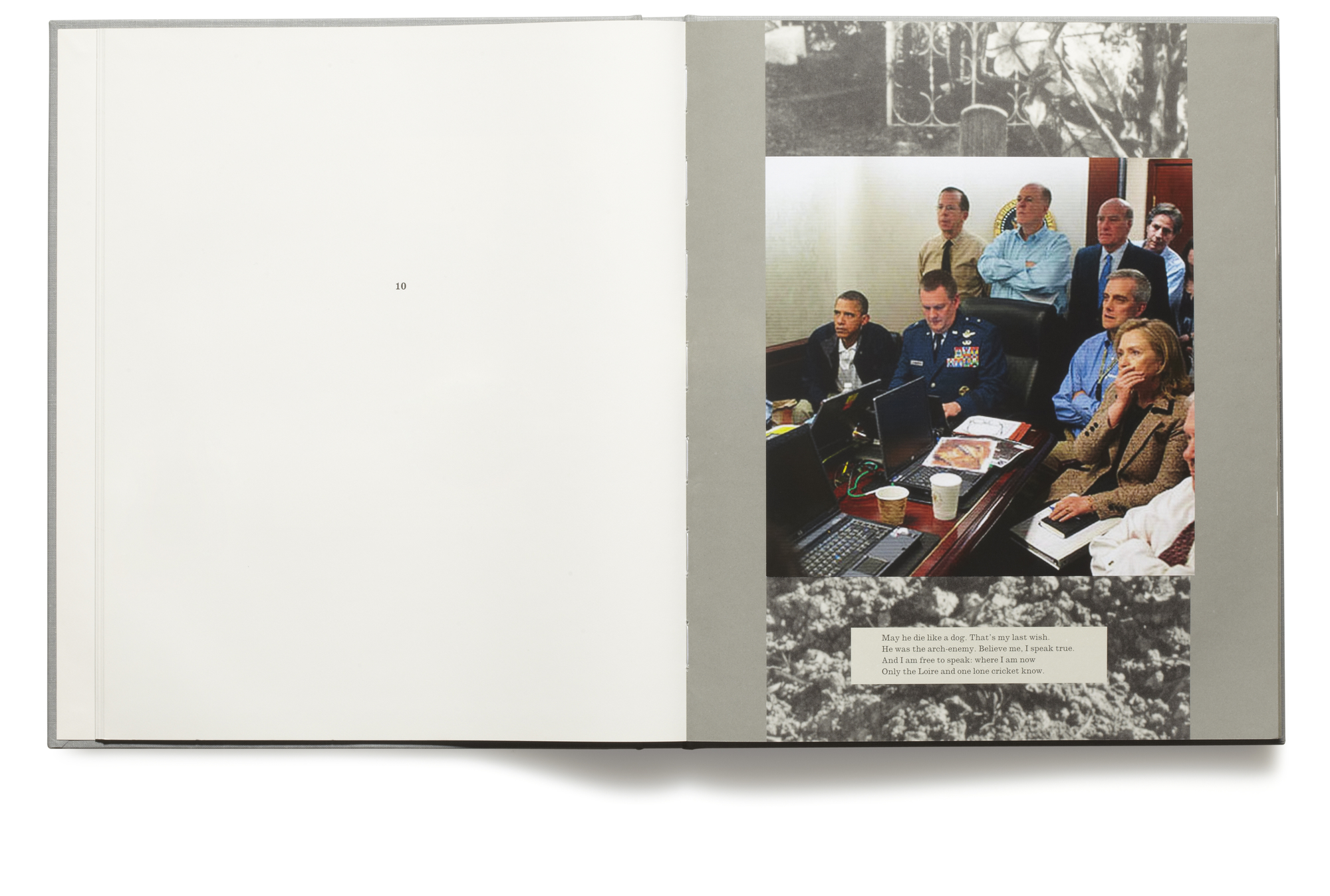
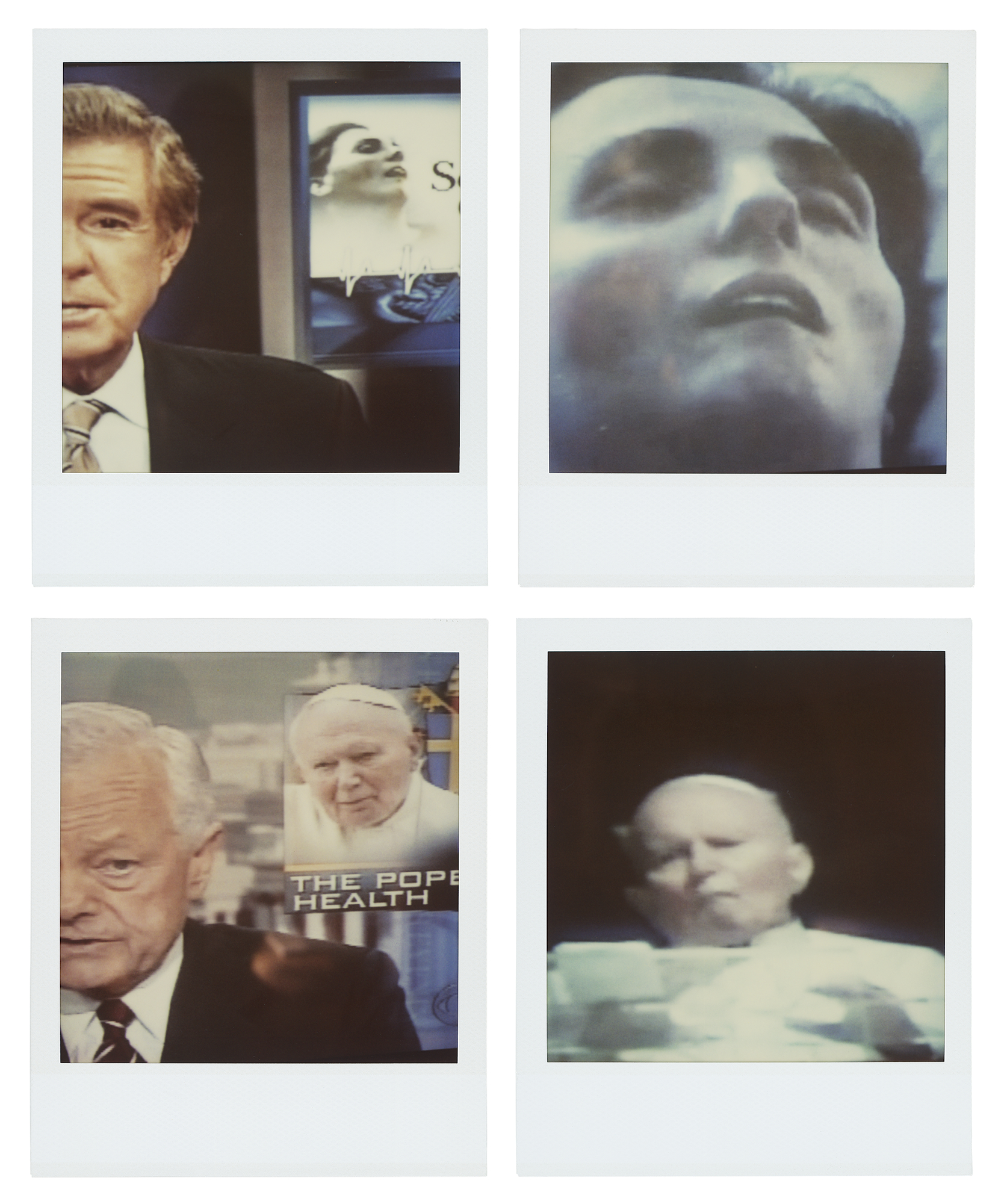
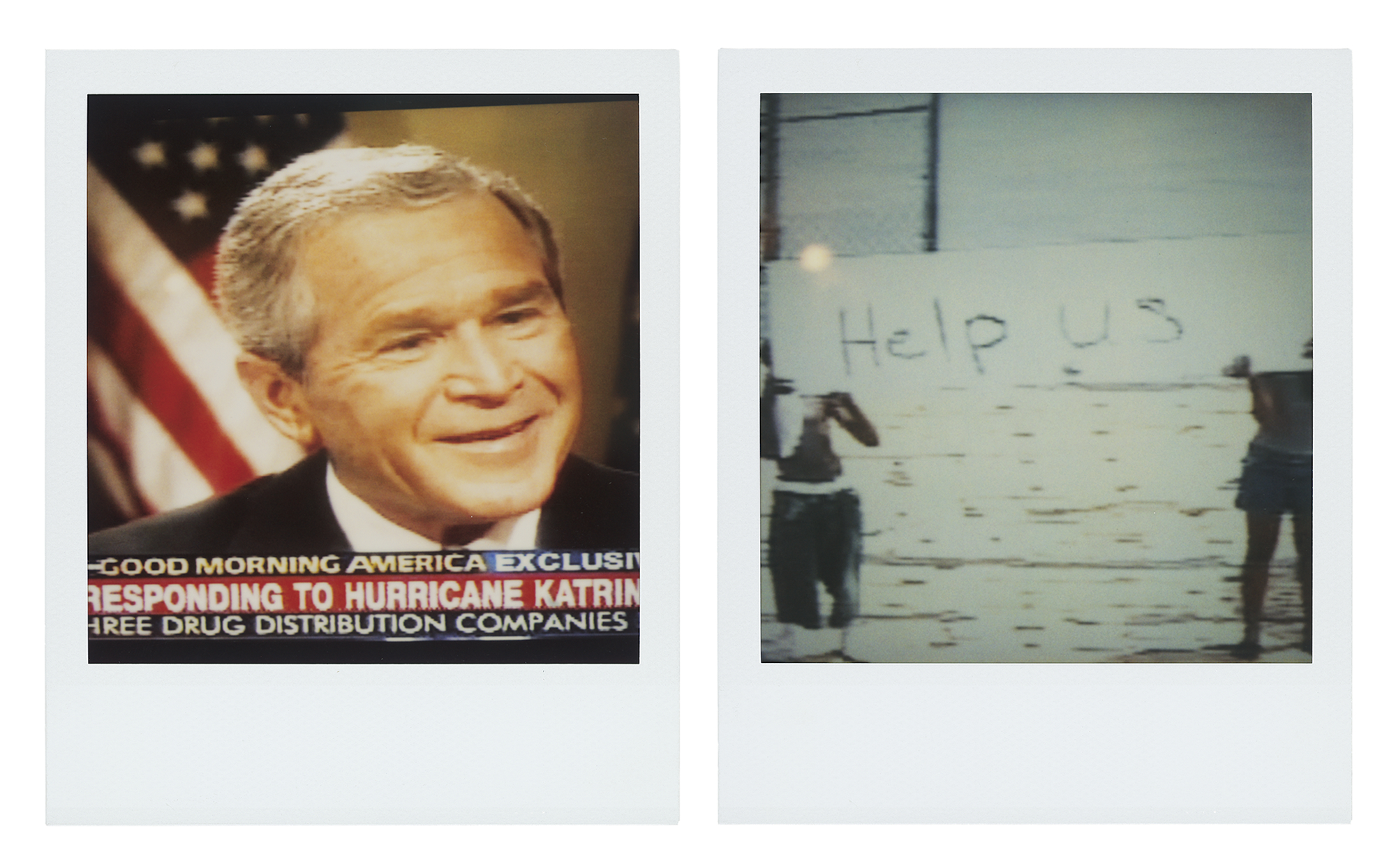
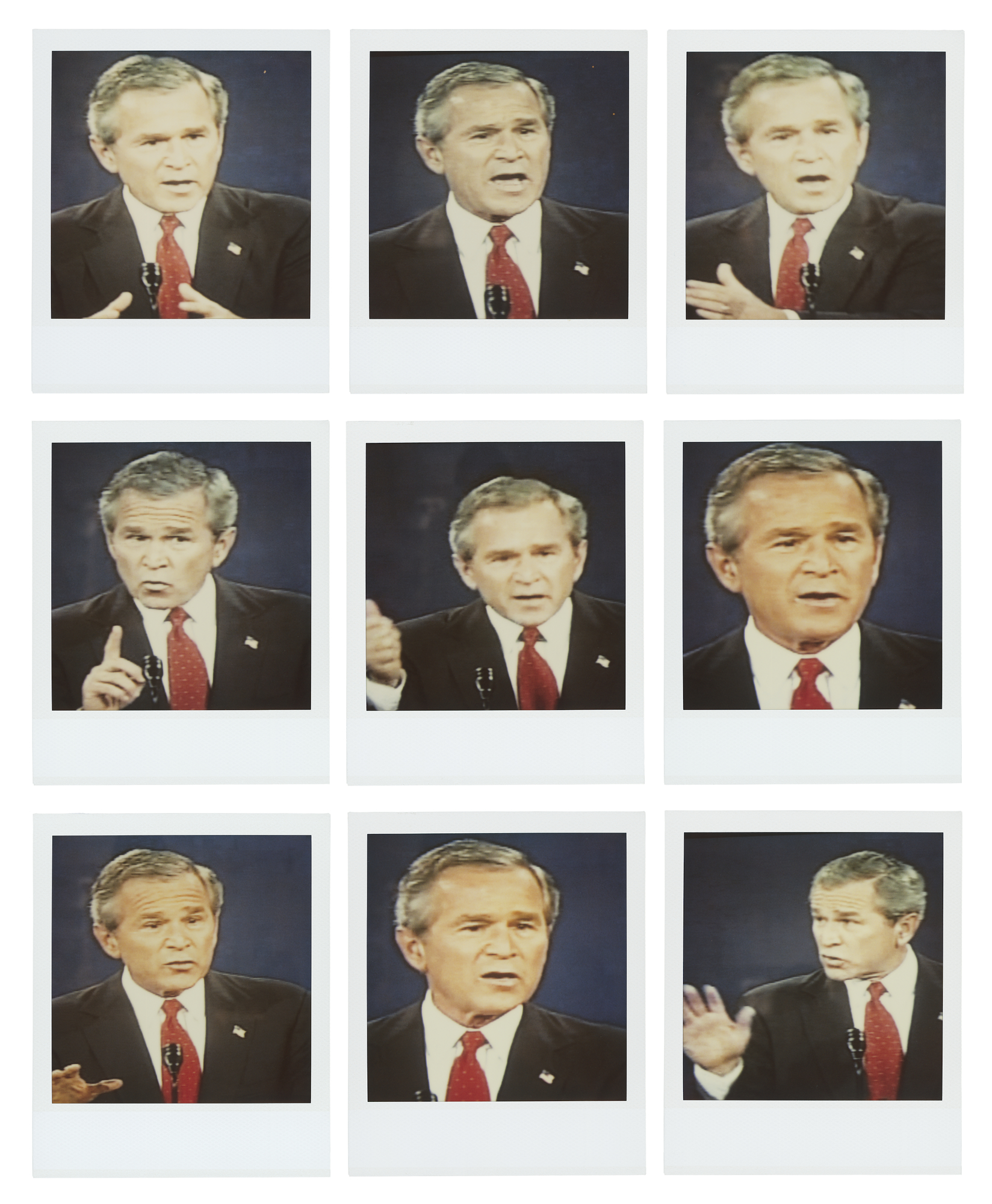
More Must-Reads from TIME
- L.A. Fires Show Reality of 1.5°C of Warming
- Behind the Scenes of The White Lotus Season Three
- How Trump 2.0 Is Already Sowing Confusion
- Bad Bunny On Heartbreak and New Album
- How to Get Better at Doing Things Alone
- We’re Lucky to Have Been Alive in the Age of David Lynch
- The Motivational Trick That Makes You Exercise Harder
- Column: All Those Presidential Pardons Give Mercy a Bad Name
Contact us at [email protected]